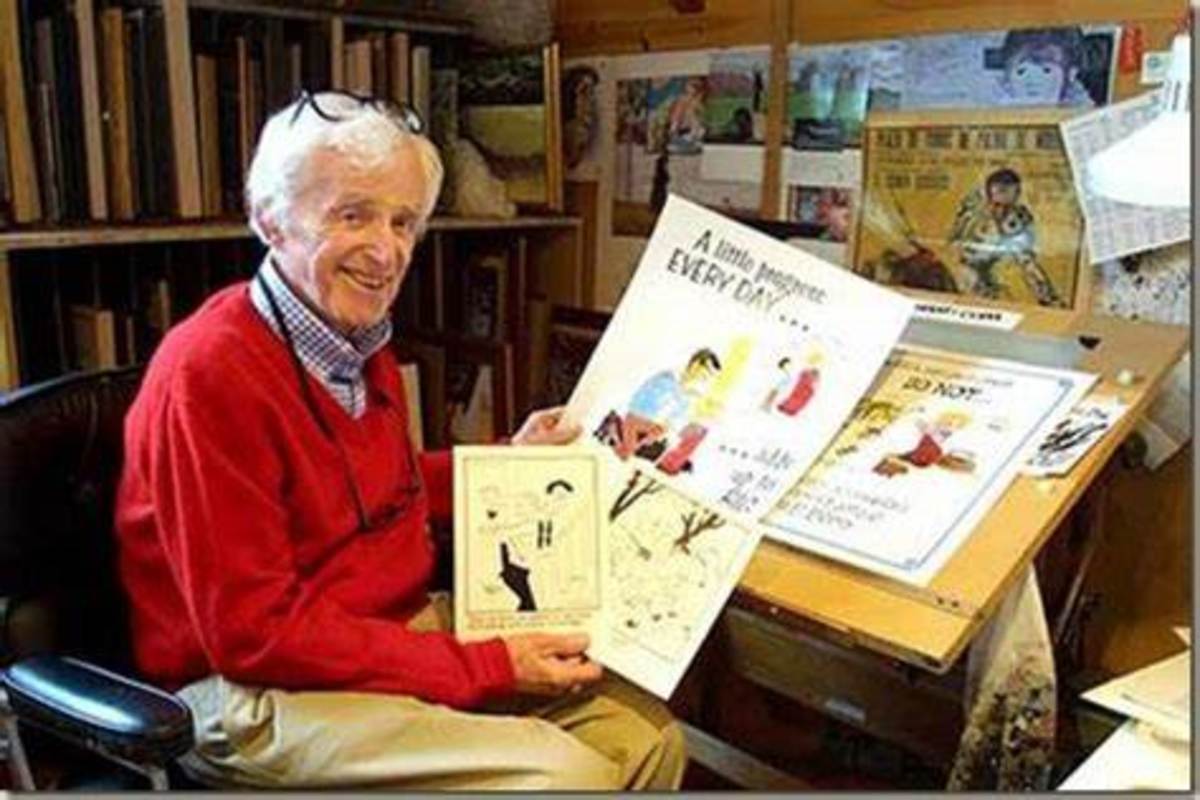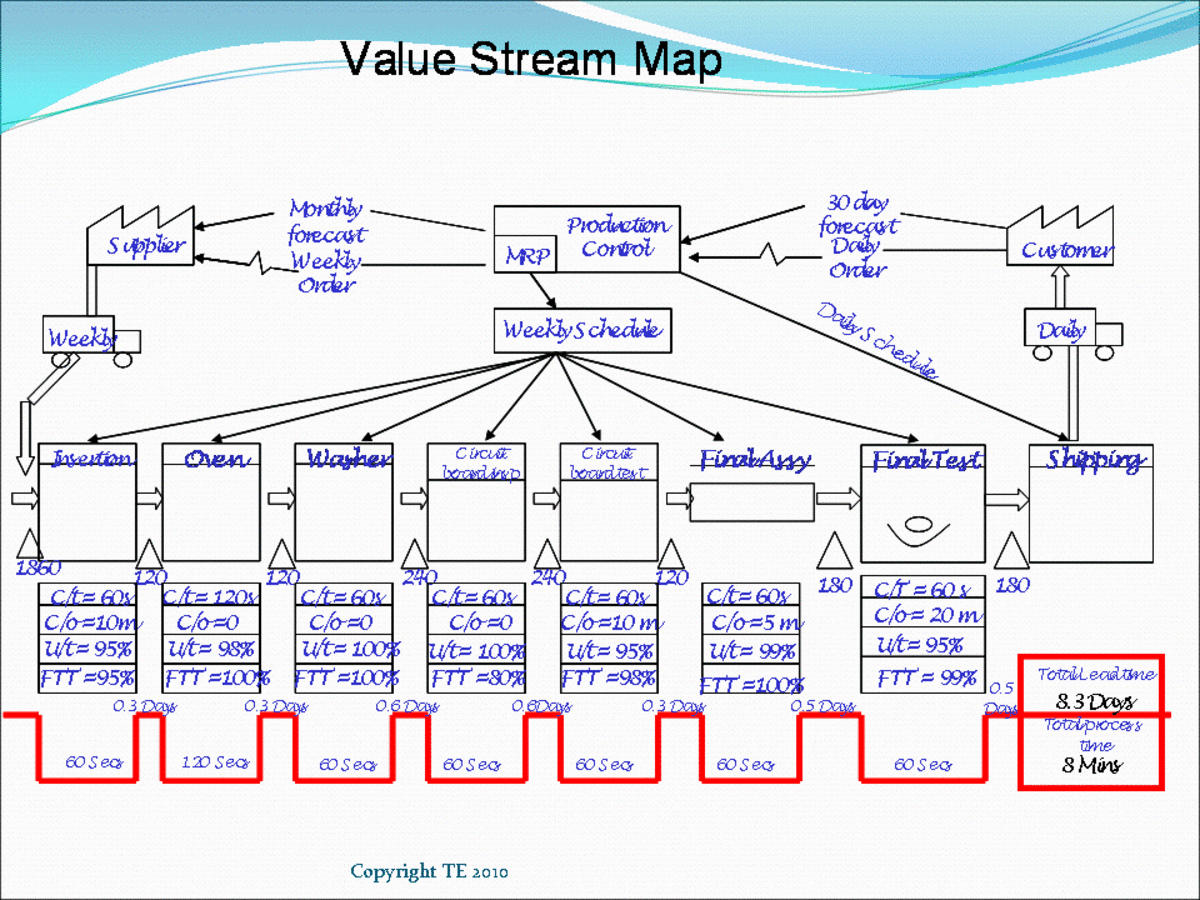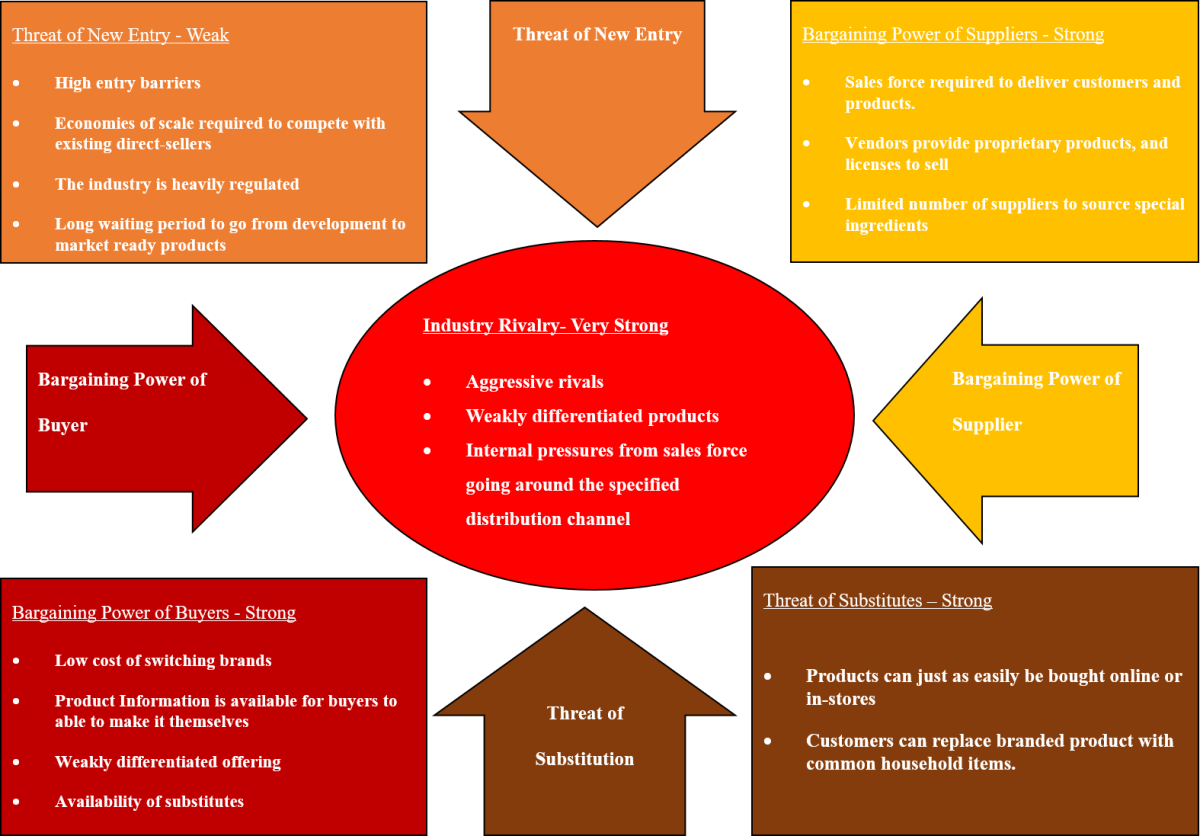The Importance of Mapping Out the Details in Advance for a Major Project
Make a Quick To-do List First

Every major project involves a great number of details that have to be worked out. Moving into a project without giving consideration to the many details often leads to some details being overlooked, a significant number of inefficiencies and the encountering of more problems and issues than anticipated before-hand. However, mapping things out in advance can help.
The Initial To-do List
I like to start every major project with a to-do list. As an example, I recently started working on a new comic strip. The process involves the creation of the various characters, the creation of a website, the creation of some merchandise for the purpose of monetizing the endeavor and numerous other details.
Now, I have created a comic strip before, so I have some idea as to what a project such as this would entail. Obviously it is easier the second time around. Never-the-less, it is still important to lay out what needs to be done. The to-do list is really just a type of checklist. As each task is completed, it gets removed from the list.
Some of the details involved in the above-mentioned project may involve a number of what I would call sub-details. For example, creating the cast of characters involves the creation of each individual character. So the first thing I do as part of that process is make a list of the type of characters I want to start out with. I initially decided to start out with somewhere between ten and twenty characters. I actually ended up with eighteen.
So as I created each character, I checked it off of the list. On the list were things like: town doctor, the town’s mayor, so and so’s wife, etc. Eventually all of the characters I wanted to start out with were created and named. I even created a characters page on the website that provided a description of each character.
The Updated To-do List
As you continue on a project, you will start to see that there may have been certain details that you had initially overlooked. That’s okay, because you should review your to-do list frequently, not just for the purpose of crossing things off but also for the purpose of trying to determine as to whether or not you may have overlooked some of the finer details.
While we are actually doing the work needed in order to make progress on the project, we will sometimes notice that other things may have to be added to the list. So you just add it to the list. Sometimes we are reluctant to do that because we look forward to crossing each item off of the list as it is completed and adding something to it sometimes creates the feeling that we are not progressing quickly enough or that we will never complete the project.
Updating the to-do list will involve some judgment calls, however. The thing is that you need to ask yourself if it is something that you should address now or if it is something that could be addressed a little later down the road. You may even want to create another list of things that you will want to do at a later time that is not essential presently.
You need to decide as to what is the necessary or satisfactory level of completion for the current project. Sometimes we want to have everything under the sun to be included as part of a project, simply because it would give us a greater feeling of accomplishment upon the project’s completion. But if we just keep adding things to the to-do list, the project will never be completed.
The Post-project To-do List
I not only create a to-do list for the project itself. I will sometimes create a to-do list for things that I feel need to be done upon completion of the project. I first decide as to what will constitute the “completion” of a project. That is basically what all has to be done in order for me to be satisfied with calling the project completed.
As an example, upon the completion of the website for the comic strip and other details, I have a list of things I plan to do in order to promote and market it. After all, just creating something is not enough. You have to do things to get people to actually see what you have created. It really doesn’t just happen. Sure, it would be nice if it did, but that’s not how the real world works.
So, after the website is completed and the comic strips themselves are ready to be revealed to the world, I will create some social networking accounts for them. They will have a Twitter page, a Facebook page and some of the strips will be posted on my Pinterest page as well. So the post-project to-do list will include the creation of those pages. It may involve other things as well but, at a minimum, those things will definitely be on the post-project to-do list.
How This All Pertains to You
You may be saying to yourself “What does all of this have to do with me?", since you are not planning to start on a project like the one I am describing. It’s really quite simple because some things are universal. For starters, every project involves a number of details and some tasks can’t be completed until others have been completed first. By mapping things out, it becomes easier to see what those things are and you will set out to attack the various tasks in a more logical order. This leads to a greater level of efficiency and assists you in completing the project sooner.
While making the various to-do lists, it allows you to oversee a project in a more logical frame of mind and helps you to approach each task from a more logical standpoint. It also helps you to prioritize things. The prioritization of various tasks is an important component to overseeing or managing a project. Wandering blindly into a project is unprofessional at the very least. No matter what the project is, you should at least be professional about it to some degree if you truly want satisfactory results.
Don’t Feel Overwhelmed
Sometimes when you make that to-do list, you start to notice that there are a lot of details that have to be attended to. This can sometimes lead to the feeling of being overwhelmed. That’s okay, it happens. That’s how I felt when I started to outline things from my current project. It also reminded me of how much work it was the first time I did a similar project. I found myself saying “Wow, I forgot how much work this really was.”
This is why it is important for you to determine as to what the “completed” project should consist of. You have to remember that there are some things you just need to do in order to get things up and running. You could add other things to it later on as part of other projects. Don’t put everything you ever wanted to achieve in your life on a single to-to list. You will never complete the project if you do that. Ask yourself what currently needs to be done. Then maybe, and I mean just maybe, see if you could add a few other things to the list other than what is essential.
Always Celebrate the Completion of a Project
The completion of a project is an important milestone and should be celebrated. You should think about all of the doubts you had when trying to do all of the various tasks necessary to complete it. Then think about how you overcame the various obstacles and the lessons you learned from not only overcoming those obstacles but also anything else you may have learned along the way.
We can often learn a lot of things throughout the course of working on a major project and the acquisition of that knowledge should not only be valued but celebrated as well. Often when I complete a major project, I like to look it all over and sort of remind myself of the amount of work it entailed and the fact that I completed that work. It leads to a great feeling of accomplishment. It also makes it a lot easier for me to want to take on other projects and feel less intimidated by them.
So looking back on a project should be included as part of the celebratory process. Always value the lessons learned and try to apply those lessons when taking on new projects. But, at any rate, any new project should be approached by mapping it all out in advance, with as much detail as possible.
© 2017 Bob Craypoe








